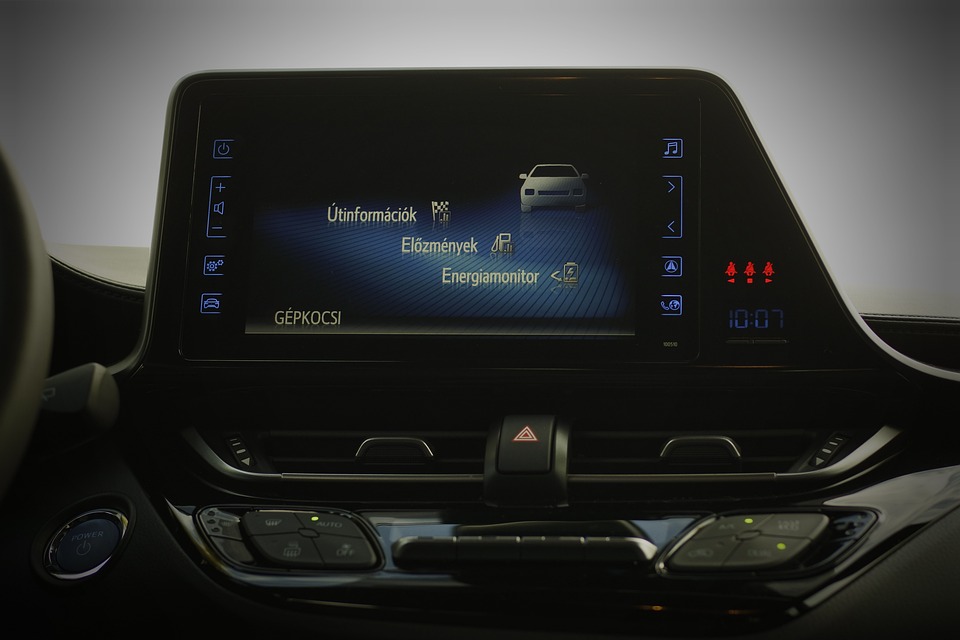As per NASA, the sun irradiates the earth with 174 Petawatts (Pw) of solar energy per day. Approximately 30% of this energy is reflected back into space, and a major part of it is absorbed by our atmosphere. Even if we get only 10% of this energy, which is about 17.4 Pw per day, it is still more than the daily energy requirement for the entire planet.
A team of researchers at NextPV (a partnership between the French National Center for Scientific Research and the University of Tokyo), is doing an amazing job overcoming some of the limitations of standard ground-based solar panels. They are creating solar balloons which would be able to float above the clouds where the sun is shining all the time.
Concepts behind solar balloons:
Limitations like the requirement for energy storage for nighttime and the effects of cloudy or inclement weather on solar electricity production will be covered in this unique photovoltaic solution.
These solar balloons would be deployed above the clouds (6 km or 3.7 miles above the ground), where there will be no clouds or any diffusion by the atmosphere to interfere with their efficiency.
This innovation involves using hydrogen as an energy carrier. The solar energy captured during the day will be sent to a fuel cell, which would convert the current into hydrogen and keep the balloon afloat. At night, the fuel cell will take over to recover the hydrogen and convert it back into a charge, which is then fed to the ground.







